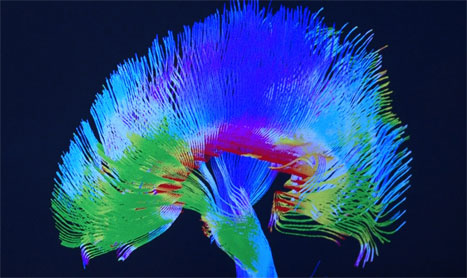BETHESDA — As the clock ticks down to the March 1 sequestration deadline on Capitol Hill, workers at the National Institutes of Health are preparing for a possible loss of more than $1 billion.
NIH provides jobs for more than 15,000 people in Maryland. Nationally, it supports 300,000 scientists, and 3,100 institutions. Sequestration would lead to 5.1 percent cuts across the board for the NIH, affecting many areas of health care, including education and research.
NIH Director Dr. Francis Collins said Wednesday that cuts in their budget will slow scientific progress.
“So when it comes to finding cures and treatments, time is of the essence, and we fear that time will be slow in terms of progress, because of cuts,” Collins said at a press conference in the Clinical Research Center.
Collins said he hoped the cuts would not lead to job losses, but added that he could not be certain.
“Of course we can’t make any promises given the uncertainties of what we’re actually going to have to live with,” Collins said.
Directors at each of the NIH’s 27 institutes will determine exactly how the budget cuts break down in their facilities and at the many non-NIH facilities they support. But overall, each of those 27 institutes will receive an equivalent 5.1 percent budget cut.
“So that means this will hit cancer, it will hit heart disease, it will hit diabetes, it will HIV AIDS, it will hit Alzheimer’s,” Collins said.
NIH has already reduced funding for grants, in anticipation of troubled times ahead.
Sen. Barbara Mikulski, D-Maryland, toured the NIH neuro-technology lab Wednesday, to get a first hand look at research and potential cures for Alzheimer’s and Multiple Sclerosis. Mikulski said sequestration is a last resort that the country can’t afford.
“We are about to inflict upon us a self inflicted wound,” Mikulski said.
NIH was the first to use chemotherapy and crack the genetic code. It is the largest research institution in the country.

